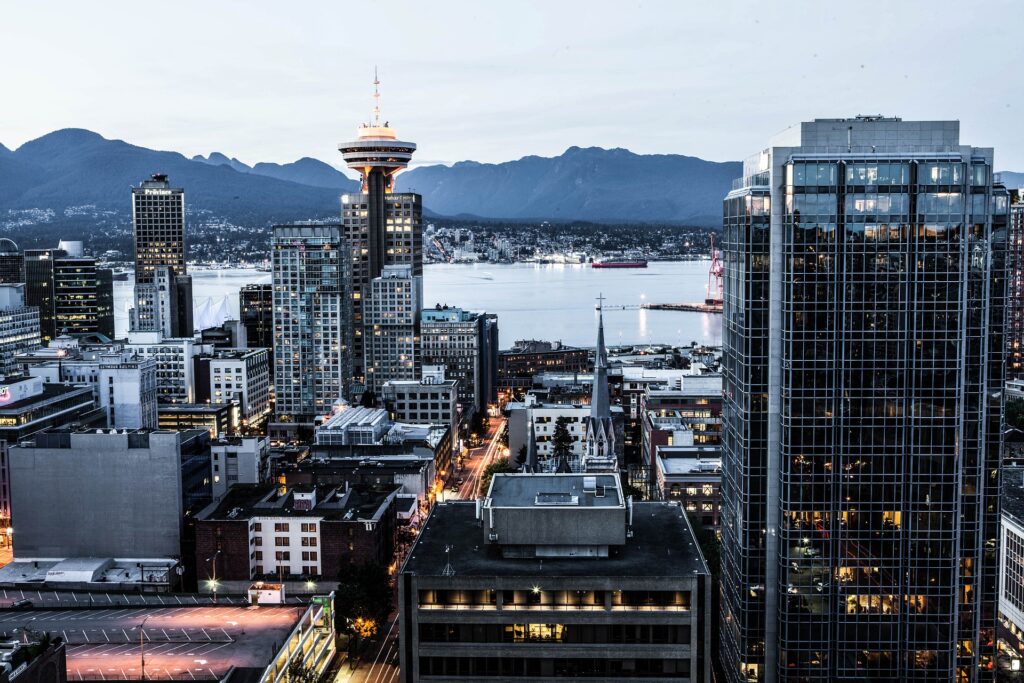Request a demo of our AML Screening Tools
Use real-time financial crime insight to stay in control of your AML compliance and keep pace with regulation.
Learn More Now The Vancouver Model is a method of money laundering that is highly used in Vancouver, British Columbia. The model uses casino gambling as a way for foreign and domestic criminals to launder illegitimate funds and exploits Canada’s traditionally lax regulatory approach to financial crime.
The Vancouver Model is a method of money laundering that is highly used in Vancouver, British Columbia. The model uses casino gambling as a way for foreign and domestic criminals to launder illegitimate funds and exploits Canada’s traditionally lax regulatory approach to financial crime.
With reports suggesting that money laundering in British Columbia now amounts to around $1 billion per year, the provincial government has stepped up efforts to identify and prevent Vancouver Model money laundering and the type of financial activities associated with it.
Vancouver has long had close cultural links with China: in the 19th century, Chinese laborers arrived to help build the trans-Canada railway, commencing a tradition of immigration to the city.
The Vancouver Model is not isolated to the west coast Canadian city but was originally popularized there by Chinese citizens seeking to gamble large sums of money abroad, and by criminal gangs in Canada seeking to launder illegal drug sales profits.
The Vancouver Model process begins in China, where currency controls prevent citizens from taking more than $50,000 out of the country. To avoid that rule, wealthy Chinese citizens enter into arrangements with domestic criminal syndicates with links to Vancouver. The citizens transfer money to criminal-controlled bank accounts in China before traveling to Vancouver where the criminals’ associates provide them with their funds in Canadian dollars (which may be profits from fentanyl sales, for example). That money is then laundered through casino gambling.
In more detail, the Vancouver Model involves the following steps:
The outcomes of wagers made in the casinos are irrelevant since the money is effectively laundered at the point of conversion from cash to casino chips. From there, financial proceeds from the Vancouver Model are either invested back into the acquisition of fentanyl supplies by the criminal gangs or invested into BC real estate by the Chinese citizens themselves, who are able to avoid the scrutiny of Chinese regulators and Chinese taxes by doing so.
Vancouver Model money laundering reached a peak around 2015, when provincial authorities and Canada’s regulator FINTRAC began implementing AML measures against both perpetrators and casinos. By that point, however, the impact had been felt across the province: criminal gangs had strengthened their infrastructure and the increased sale of fentanyl had contributed significantly to the ongoing North American opioid crisis.
The influx of foreign citizens buying property in Vancouver with their laundered money also impacted the city, causing the cost of living and housing prices to rise to levels unaffordable to most local residents. A report by Transparency International Canada in 2016 suggested that almost 50% of the city’s most expensive homes were bought using structured purchase methods that could conceal the identity of the owners. Similarly, the Institute of International Finance estimated that capital flight from China since 2014 has been in excess of $800 billion.
Since casino cash flows generate significant tax revenue for the BC government, the Vancouver Model occupied a regulatory blind spot between 2009 and 2015. Examples of the process in action, however, highlight the flagrant nature of the criminal activity being perpetrated: In 2017, Canadian authorities presented CCTV footage in which criminals entered casinos carrying suitcases or plastic bags full of cash, before exchanging the entirety of the cash for chips.
Addressing the challenges of the Vancouver Model is very difficult because, by design, the laundering itself doesn’t involve the services of a financial institution and, therefore, escapes traditional AML measures. However, the process does intersect with financial institutions at several subsequent junctures, offering opportunities for AML oversight:
Responsibility for identifying the Vancouver Model money laundering does not lie solely with banks and financial institutions but also with casinos and real estate businesses. In 2017, British Columbia’s new Attorney General, David Eby, introduced AML measures in casinos, including a requirement to demonstrate a legitimate source for payments of more than C$10,000 and round-the-clock surveillance at high-risk establishments.
It’s important to remember that the Vancouver Model is not geographically restricted to Canada, nor to Chinese criminal enterprises. Financial institutions in every jurisdiction should tighten KYC procedures to understand who they are doing business with and what kind of risk they present. Automated AML solutions can help firms manage the vast amounts of data involved in ongoing screening and monitoring and more efficiently identify activities and customers that might be connected to Vancouver Model money laundering.
Use real-time financial crime insight to stay in control of your AML compliance and keep pace with regulation.
Learn More NowOriginally published 07 January 2020, updated 06 May 2022
Disclaimer: This is for general information only. The information presented does not constitute legal advice. ComplyAdvantage accepts no responsibility for any information contained herein and disclaims and excludes any liability in respect of the contents or for action taken based on this information.
Copyright © 2025 IVXS UK Limited (trading as ComplyAdvantage).